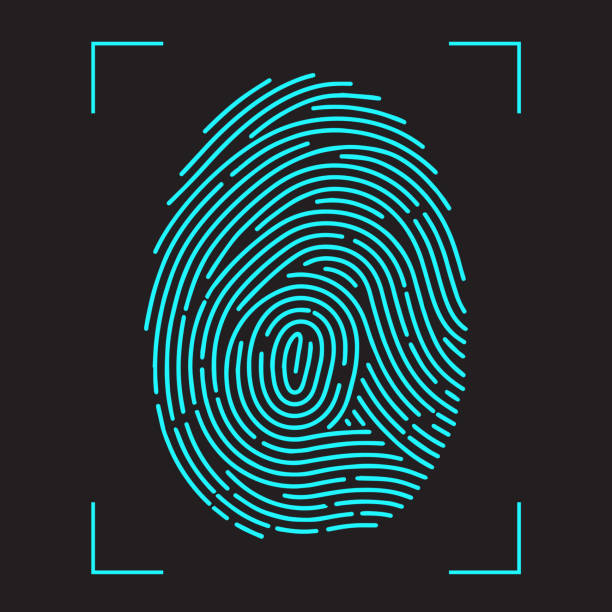Introduction to Fingerprints
A fingerprint is define as impression left by the friction ridges of a human finger. Fingerprinting identification is the method of using the impressions made by the minute ridge or patterns found on the fingertips. The recovery of fingerprints from a crime scene is an important method of forensic science. It plays improtant role at every crime scene and present as a primary proof of evidence in court. When a fingerprint is found at a crime scene it is also known as a ‘finger mark’ or ‘latent print’. Fingerprints can be recorded on a standard fingerprint card or can be recorded digitally and transmitted electronic for comparison. Cross-checking these against other prints in police databases has the potential to link a series of crimes together, or to place a suspect at the scene of a crime. Human fingerprints are detailed, nearly unique, difficult to alter, and durable over the life of an individual, making them suitable as long-term markers of human identity. By comparing fingerprint record of suspected person, officals can establish absloute proof of the presence of identity of the person. No two person have excatly the same arrangemnet of ridge patterns and the patterns of any ne individual remain unchanged throughout the life. Fingerprints offer an infallible means of personal identification. Other personal characteristics may change but fingerprint do not. No two people have excatly the same fingerprints even identical twins, with identical DNA. This uniqueness allows fingerprint to be used in all sorts of ways, including for background checks, biometric security, mass disaster identification and in crime cases.

The first fingerprinting in the identification of criminal suspects was given by the William Herchel. Later in 1880 Dr Henry faulds a scottish surgaon in Tokyo hospital, publushed his first paper on the subject in the scientific journal ‘Natural’. He established this first classifcation and was also the first to identify fingerprints left on vial. Next the Fransis Galton publish book ‘Fingerprint’ in 1892. He classify the finger prints into three pattern. The three basic patterns of fingerprint ridges are the arch, loop, and whorl. Learn more about – Types of Fingerprints.
Principles of Fingerprint Analysis.
- Fingerprint are unique patterns made by friction ridges and furrows, which appears on the pads of the fingers and thumbs. Prints from palms, toes and feet are also unique however these are use less often for identification so this guide focuses on prints form the finger and thumbs.
- A fingerprint is an individual charactertics.
- A fingerprint remain unchanged during an individual life.
- Fingerprint have general ridge pattern that permit them to systemically classified.

